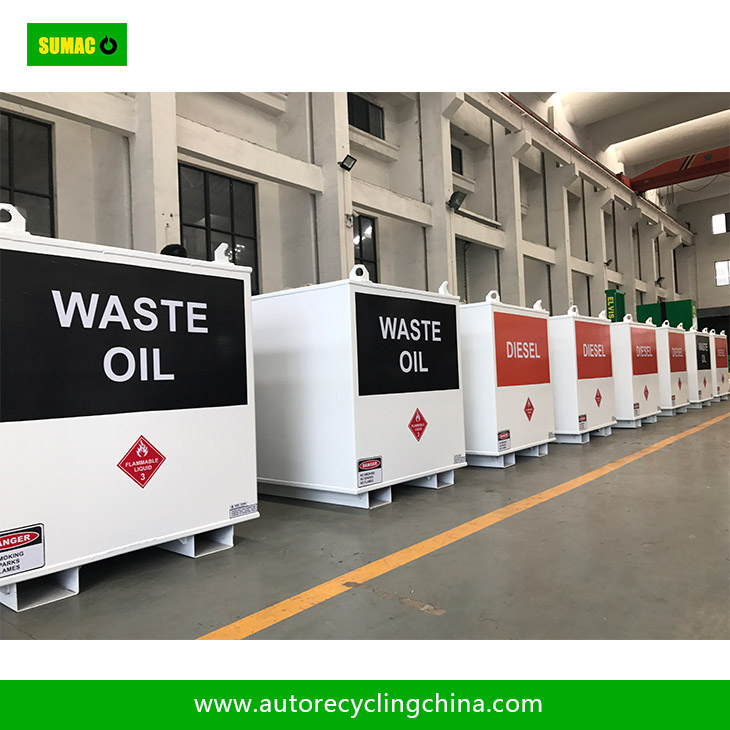How does the Fuel Cube Tank achieve compact storage
2025-05-19
Leave a message
Achieving compact storage with fuel cube tanks involves a combination of innovative design, material optimization, and efficient space - utilization strategies. Here are the key approaches:
1. Modular and Stackable Design
Fuel cube tanks are engineered to be modular, allowing multiple units to be easily connected or stacked. Their cubic shape provides a geometric advantage, enabling a more efficient use of available space compared to cylindrical or irregularly - shaped tanks. Interlocking mechanisms, such as grooves and ridges on the tank surfaces, ensure stable stacking. This modularity also allows for flexible expansion of storage capacity as per requirements, whether in a vertical or horizontal direction within a limited footprint.
2. Material and Wall Thickness Optimization
Advanced materials with high strength - to - weight ratios, such as carbon - fiber - reinforced polymers or high - strength steels, are used to construct fuel cube tanks. These materials can withstand the internal pressure of the stored fuel while maintaining a relatively thin wall thickness. A thinner wall reduces the overall volume occupied by the tank structure itself, leaving more space for fuel storage. Additionally, the use of composite materials can also enhance the durability and corrosion resistance of the tanks, ensuring long - term reliable operation in a compact form.
3. Internal Structure and Bracing
The internal structure of fuel cube tanks is designed to optimize space. Internal baffles or partitions are strategically placed not only to prevent fuel sloshing but also to provide structural support. These components are designed in a way that they do not overly intrude into the storage volume. Some tanks may also feature honeycomb - like internal structures that offer high strength with minimal material usage, further contributing to compact storage.
4. Integration with Surrounding Systems
Fuel cube tanks can be integrated with other related systems, such as fuel delivery and monitoring systems, in a more compact manner. For example, built - in sensors for level, temperature, and pressure monitoring can be incorporated directly into the tank walls without adding significant external bulk. Compact fuel transfer pumps and valves can be mounted on or within the tank structure, reducing the need for additional space - consuming external plumbing and equipment.
5. Customization for Specific Spaces
Manufacturers can customize fuel cube tanks to fit into specific available spaces. Whether it is a confined area in a vehicle, a ship, or a stationary storage facility, the cubic shape can be adjusted in dimensions (while maintaining structural integrity) to make the most of the available space. This customization ensures that the tanks can be installed in locations where traditional tank shapes would not be practical, achieving highly compact storage solutions.


